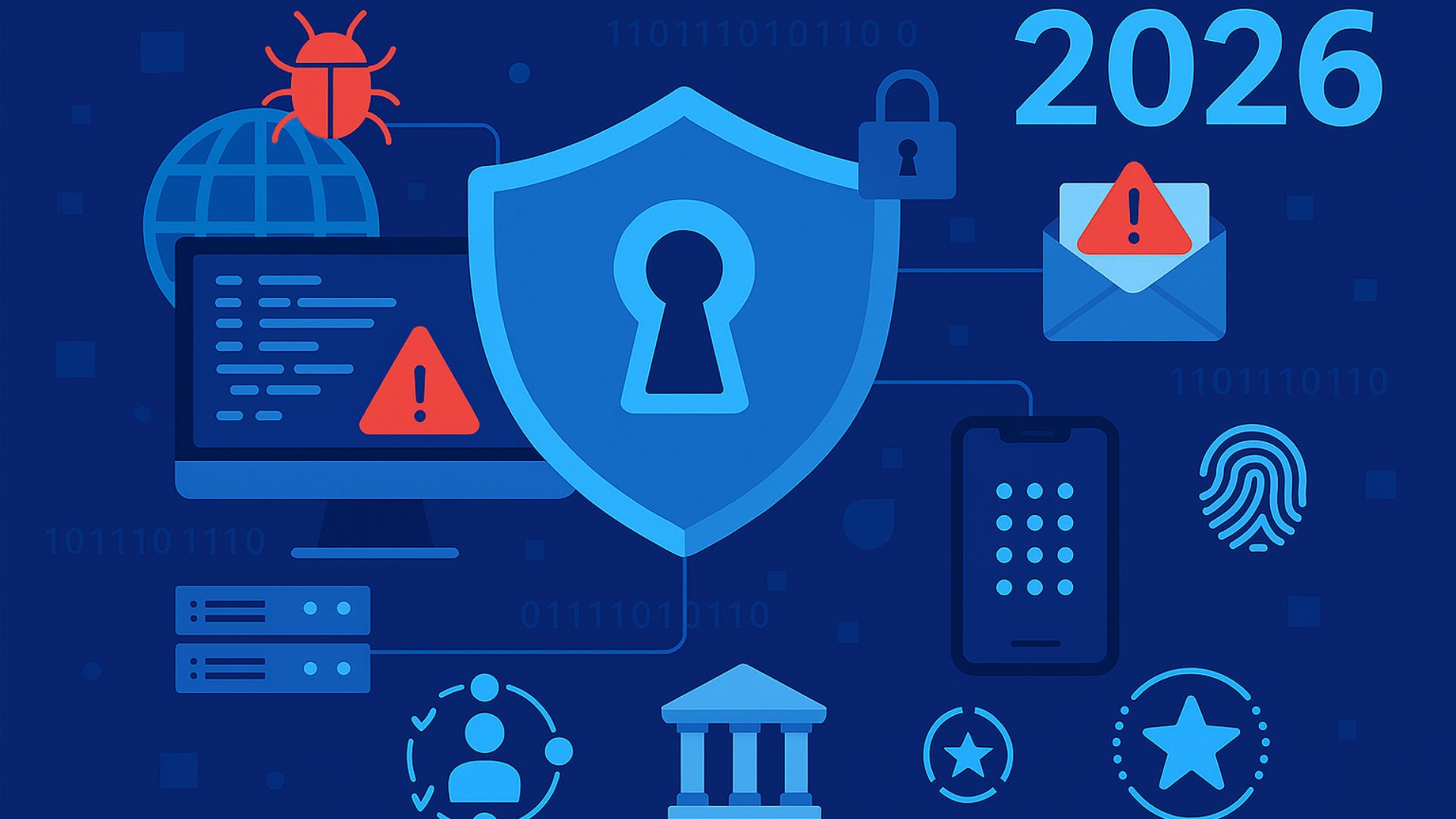Cybersecurity is an erratic and constantly shifting industry. For every innovation in technology, there is a vendor that aims to do it better and cybercriminals dedicated to poking holes in the defenses. Among all the unpredictability of this constantly evolving ecosystem, there has been one constant: a shortage of skilled labor, often referred to as the “talent gap.” Although this shortage is impacting IT decision makers everywhere, it does not mean you’re helpless, especially if you take the time to strategically prepare for what’s been coined the “war for talent.”
While a recent ISC2 study indicated that the global shortage of cybersecurity talent has decreased by 700,000, there are still 2.72 million unfilled positions, and demand for labor is poised to spike even further. For instance, the growth of the cybersecurity market is projected to more than double from $163 billion in 2021 to $346 billion in 2027. Also, consider the amount of money cybersecurity vendors are raising. In 2021 alone, 300 cybersecurity vendors raised over $20 billion. We can expect more of this in 2022.
Clearly, the war for cybersecurity talent will be full-fledged for years to come.
The phrase “war for talent” may seem excessive, but make no mistake, when jumping into the fray of hiring skilled cybersecurity professionals, you will be battling it out with your competition.
The upside here is that crafting a go-to-market strategy for recruiting talent isn’t all that different than going head-to-head with your competitors to acquire/retain customers.
Battle cards, messaging, and competitive industry data can all be utilized.
Creating Employment Value Proposition
Your company’s employment value proposition should be created with the talent pool and competitive landscape in mind. This is not the same content you present to target customers, although there may be some overlap.
Here are a few topics to consider when crafting your messaging:
- The executive team. Why does their track record make it likely your company will succeed?
- Growth trends. These can include revenue growth, customer acquisition, and increases in headcount.
- Notable partnerships or investors. How do they benefit your company?
- Technology differentiators. Why do customers prefer your solution?
- Growth opportunities. What are the prospects for career growth and advancement? How will joining your company benefit their careers?
Mapping the Interview Process
In today’s market, elite performers are constantly presented with offers from your competition. Therefore, a succinct and timely interview process is critical. There are three components to consider when laying the foundations of the process:
- Reach a consensus among stakeholders on what qualities and qualifications candidates should possess.
- Identify interviewers who can assess whether candidates meet the standards. Each interviewer should have a specific purpose; there should be an emphasis on eliminating redundancy.
- Promote consistent messaging by having all interviewers communicate the employment value proposition.
Appointing a Liaison
Liaisons can be an HR representative, an internal recruiter, or a third-party headhunting agency. This person is responsible for guiding employers and candidates through the interview process while providing a constant feedback loop to all parties. Many companies rely on technology platforms to usher candidates through, but there is no replacing the trust built by highly personalized human interaction. Critical tasks performed by the liaison include:
- Coordinating interviews. This gives the liaison and candidate a built-in touch point facilitating the feedback loop.
- Qualifying the match. Throughout the interview process, both sides will learn more about the other. In preps, debriefs, and interview coordination, the liaison will ensure expectations are aligned and level set on both ends.
- Participating in offer negotiations. Walking candidates through the interview process in a candid and direct manner serves as a trust-building exercise. Ideally, at the end of the process, liaisons are positioned to manage expectations on compensation, start date, etc.
Establishing Compensation
The laws of supply and demand are extremely relevant when recruiting cybersecurity professionals. You may view the opportunity with your company as the perfect career move, but candidates are people. They have families, financial goals, fixed costs, and established lifestyles. You are at a severe disadvantage if your compensation offering is not at least on par with your competitors.
The war for talent in the cybersecurity space isn’t expected to end anytime soon, as investors are projected to continue investing heavily in the market for years to come. However, by crafting a go-to-market strategy for recruiting talent, you will put yourself in a better position than your competitors.
MARK SASSON is managing partner at Pinpoint Search Group, a boutique cybersecurity recruitment agency.













